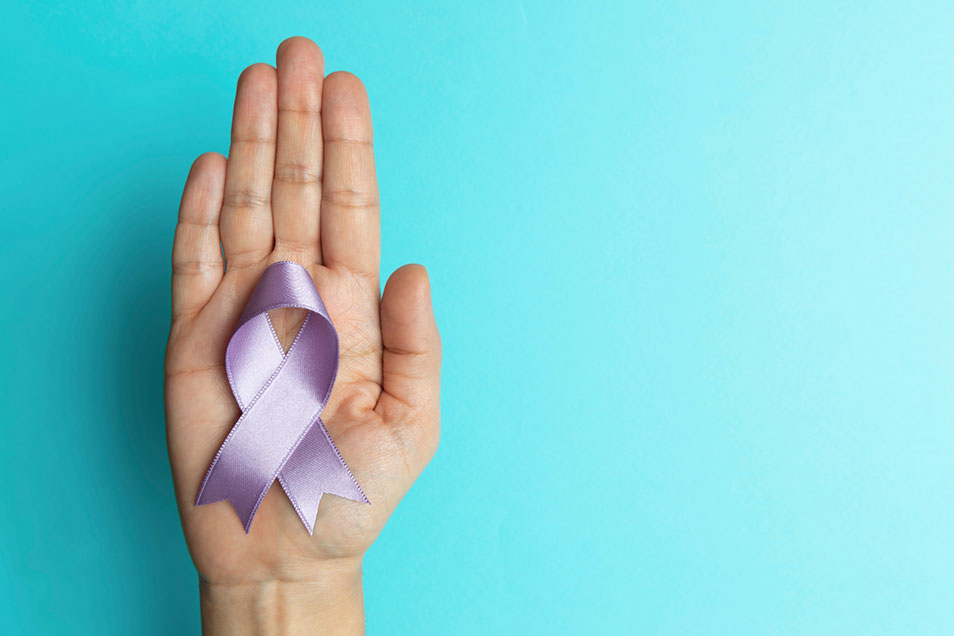Pain Awareness Month By The Numbers
Living with chronic pain is challenging. While you may appear completely healthy on the outside, you feel entirely different on the inside due to constant pain. People may dismiss your chronic pain because of this, which makes managing it that much more challenging.
That’s why September is Pain Awareness Month. Organizations nationwide work to raise awareness of how chronic pain affects individuals, families, and communities.
What’s considered chronic pain?
Chronic pain is repeatedly described as consistent pain lasting longer than 3-6 months. In some cases, chronic pain can develop into chronic pain syndrome, which combines chronic pain and depression, and anxiety.
The U.S. Pain Foundation states that about 1 in 3 people, or 50 million Americans, live with chronic pain. Ultimately, chronic pain affects more Americans than diabetes, cancer, and heart disease combined.
The most common types of chronic pain include:
- Musculoskeletal pain (e.g., chronic low back pain, neck pain, arthritis pain)
- Neuropathic pain (e.g., peripheral neuropathy, trigeminal neuralgia)
- Functional pain syndromes (e.g., fibromyalgia, chronic migraine, chronic pelvic pain)
- Chronic pain after surgery
- Complex regional pain syndrome
- Cancer pain
Pain Awareness Month also addresses the commonly experienced types of pain:
- Back pain: At some point in their lives, 8 out of 10 people suffer from back pain. Considering how much of our day-to-day tasks utilize the spine, like sitting at a desk or lifting heavy objects, it's no surprise that back pain is so commonly experienced.
- Headaches: From migraines to tension headaches, this type of pain can interfere with a person’s daily living activities, depending on the severity.
- Arthritis: Many people associate arthritis with painful joints, but it can also be considered an autoimmune disease. While most commonly experienced by older adults, children can still be vulnerable to arthritis. At this time, there isn't one concrete cure for it.
How to manage chronic pain
Chronic pain certainly comes with its surprises. You may feel completely fine one day and be bedridden the next. The unpredictability is one of the aspects of chronic pain that makes it such a challenge to manage. To help you navigate the good days and the bad days, here are a few tips and common treatment interventions that you may find beneficial.
Cognitive Behavior Therapy (CBT). CBT is the most common psychological intervention for managing pain. CBT can help you with changing your relationship with your thoughts and feelings about your symptoms. In addition, CBT can help you gain acceptance of your condition and help you stay focused on what you can do about it.
Relaxation strategies. The body’s natural reaction to feelings of pain typically activates the "stress response" or "fight or flight." Over time, our stress can cause significant damage to the body. Learning and practicing a few relaxation strategies such as diaphragmatic breathing, progressive muscles relaxation, or mindfulness can go a long way when it comes to lowering your stress levels and staying calm.
Use your energy wisely. Even on good days, experts suggest not going overboard with your energy. However, it's essential that you still engage in some sort of physical activity, according to experts. Gentle exercises like chair yoga can help loosen stiff joints and keep your muscles strong. Not only that, but low-intensity exercises can also benefit your mental health, prevent you from gaining weight, and ultimately prevent your pain from worsening.
Maintain a healthy diet. Eating certain foods that can cause inflammation can worsen your pain, so it's essential to know which foods cause inflammation to avoid them.Experts suggest eating foods with:
- Omega-3 fatty acids, like salmon and tuna,
- Fruits like watermelon, peaches, and cantaloupe
- Vegetables like carrots, squash, tomatoes, and dark leafy greens.
Finding help for chronic pain
If you'd like to learn how to better cope with chronic pain, we're here to help.
At Michigan Psychological Care, our mission is to help you find the care and treatment you need. We work to put your worries about opening up to rest by providing a comfortable location and atmosphere.
Our sessions are provided in a one-on-one setting with one of our experienced therapists. If you're interested in group gounseling, we also provide that. Whether you're dealing with substance abuse issues, anxiety troubles, or looking for depression treatment options, we have three facilities to provide you with the compassionate care you deserve conveniently. Leave us a contact form so that we can schedule an appointment.
References
https://www.cdc.gov/mmwr/volumes/67/wr/mm6736a1.htm
https://www.ncbi.nlm.nih.gov/pmc/articles/PMC5999451/
https://my.clevelandclinic.org/health/articles/12051-acute-vs-chronic-pain
https://www.hopkinsmedicine.org/news/stories/september_pain_awareness_month.html
https://uspainfoundation.org/
Keywords: pain awareness month, chronic pain, mental health, treatment


